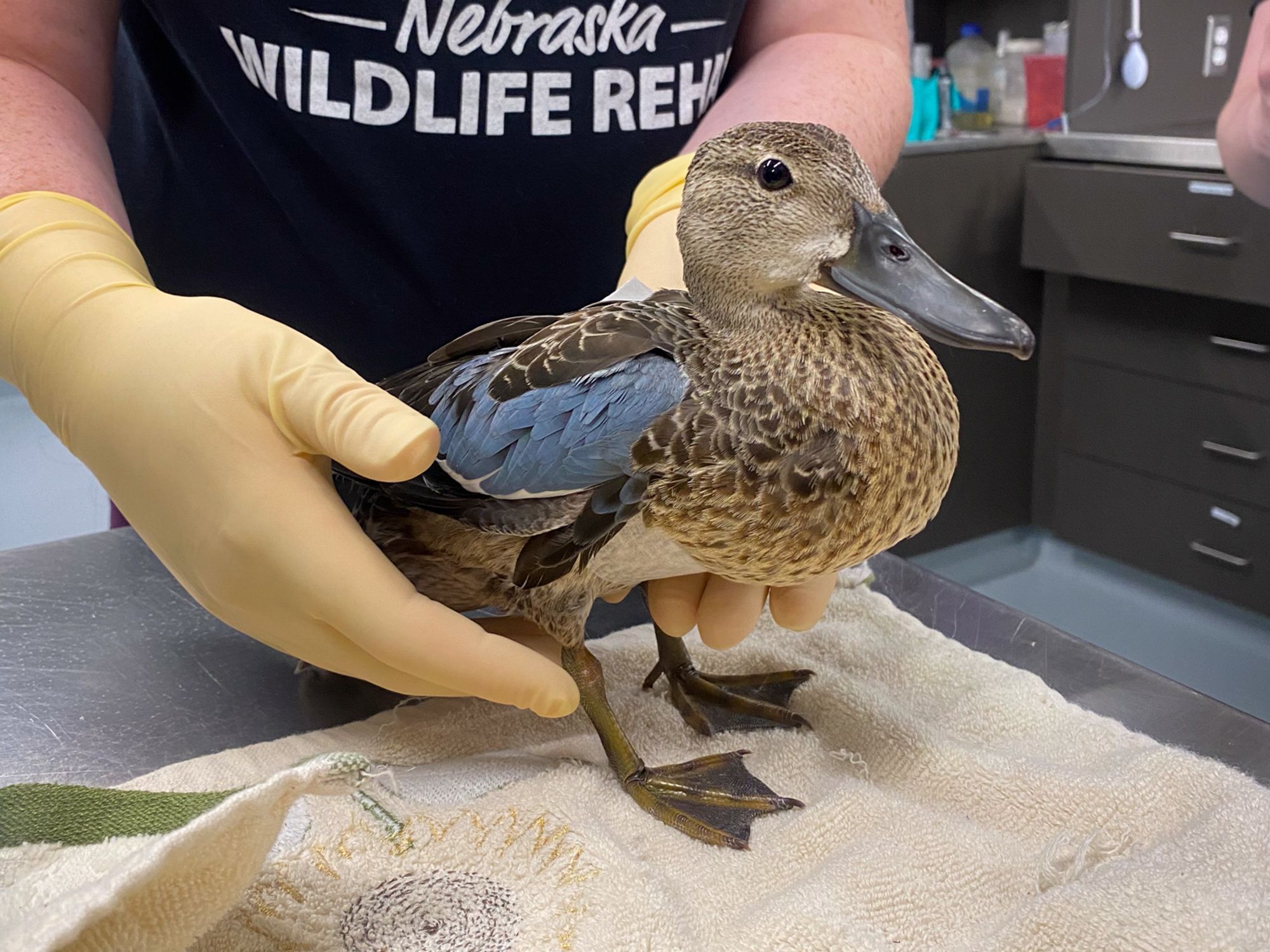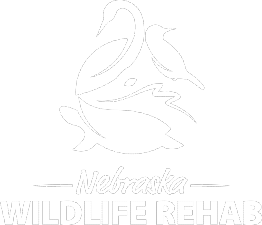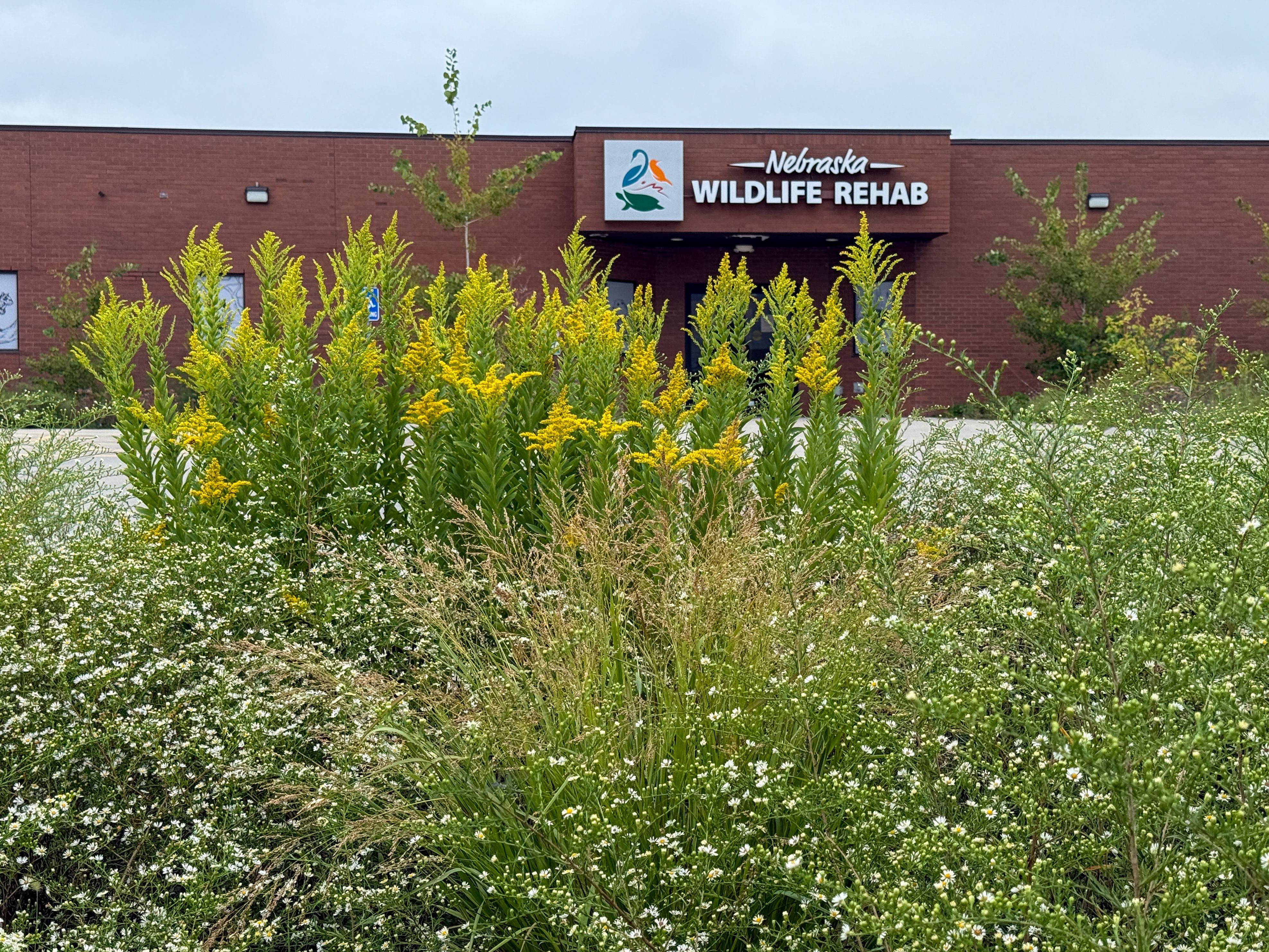Hollow But Mighty: The Astonishing Healing Power of Bird Bones
This charming little bird is a blue-winged teal, one of North America’s most widespread migratory ducks. She was brought in with a fractured wing, a serious injury for any wild animal, but especially for a species that relies on long-distance flight during migration. Despite her delicate appearance, she harnesses an extraordinary ability that makes her a marvel of evolution.

Unlike the denser, marrow-filled bones of mammals, many avian bones are pneumatic - hollow and connected to the respiratory system. This adaptation lightens the skeleton for flight while also weaving the act of breathing into the very framework of the body. Air flows not just in and out of the lungs but circulates through the air sacs and pneumatic bones, complementing a system that powers the high-energy demands of flight. For migratory birds like the blue-winged teal, capable of traveling thousands of miles, this is nothing short of extraordinary.
Other avian bones, like the radius of this teal, are hollow. However, hollow doesn’t mean fragile. Avian bones are reinforced internally with crisscrossing struts of calcium that give them both rigidity and resilience. When fractures occur, their healing process is similar to that of humans: specialized cells begin bridging the break with a temporary, cartilage-like “callus,” which gradually mineralizes into new bone. You can mark this progress in the x-ray imagery below, depicting the healing process of this teal's radius fracture over the course of two weeks.
Because birds are constantly moving, even while resting, immobilizing a fracture is a delicate process. During her stay at The Baldwin Wildlife Center, our team used precision wraps to stabilize her injury and provided her with a safe environment to heal her injuries without surgical intervention.
What makes cases like hers especially compelling is the sheer efficiency of bone healing in birds. Studies have shown that some avian species can repair fractures in weeks rather than months, sometimes 2 times faster than the time it might require a mammal bone to heal! For now, this little duck has charmed our team and is well on her way back to the skies, carrying with her a living example of how the science of bone biology intersects with the art of wildlife rehabilitation.

